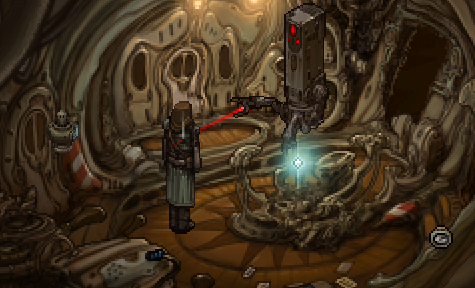

This mimics the natural change in phyllotactic patterning that occurs in corn during the progression from leaf formation (whorled pattern) to flower formation (spiral pattern).Īnother important factor for leaf initiation is the fact that plant cells have cell walls that affect morphogenesis of new primordia. Surgical manipulations can be performed in corn that will change phyllotactic patterning from whorled to spiral. However, these mutants do not change the phyllotactic pattern of leaves, only the number of leaves produced in that pattern. The available space model can include either biochemical or biophysical constraints and is supported by studies of mutants producing more organs than normal because they have larger meristems, and thus more room to escape biochemical or biophysical constraints. Alternatively, the concept of biophysical constraints suggests that the positions of existing primordial effect initiation of new primordia by limiting the available physical space. The concept of morphogenetic fields and related models suggest that an initiated primordia makes a diffusible substance that inhibits the initiation of another primordia, so that the next primordia will form only after escaping this biochemical constraint. There are many models to explain how phyllotactic patterning occurs, most falling under two concepts: morphogenetic fields or biophysical constraints. There are two possible phyllotactic patterns: spiral phyllotaxy, where leaf primordia bud at certain angles from the previous primordia, and whorled phyllotaxy, where leaf primordia form in alternating patterns of one (distichous), two (decussate), or three (tricussate) leaves per whorl. The pattern in which new leaves are initiated is phyllotaxy. The leaf continues going through plastochron stages until it is fully differentiated. , P n, where n is the number of leaves differentiating and varies widely between different plant species. The plastochron stages are numbered P 1, P 2, P 3.
PRIMORDIA FALLEN FULL
The timing between successive leaf initiations is called the plastochron and can be described in stages of leaf development from initiation to full differentiation. Leaves are initiated at a certain frequency and in a certain pattern. The meristem continually produces new leaves, which are visible as they initiate as slight bumps, or primordia, at the periphery of the meristem. The tunica will form the epidermis (L1) and the leaves and flowers (L2). Each layer contributes to different tissues to the developing organs. The three layers of the peripheral zone ar: the outer layers of the tunica (L1 and L2) and the inner layer of the corpus (元). Cells in the peripheral zone will form organs and undergo morphogenesis. Cells in the central zone are similar to stem cells in animals and will replenish and organize the meristem. There are two zones, a central zone located in the center of the meristem, surrounded by a peripheral zone. The shoot apical meristem is organized into zones and layers. The root apical meristem produces the root and responds to gravitational cues. The shoot apical meristem produces leaves, buds, and stem.

There are two types of meristem in plants, the above ground portion in the shoot and the below ground portion of the root. These key differences mean that most of plant development is controlled by positional information and not by lineage-based information in the meristem. Second, plants have cell walls, which affect morphogenesis (because the cells have fixed positions and cannot move) and cell-cell communication (because signaling molecules need to pass through the cell wall barrier). This is due to the presence of the meristem, a group of multipotent cells that can generate organs, has regenerative properties, and is self-organizing. First and foremost, from a developmental perspective, plants continue to produce new organs throughout their lifetime. Before one can understand plant development, one has to review the basic organization of plants and some of their fundamental differences from animals.


 0 kommentar(er)
0 kommentar(er)
